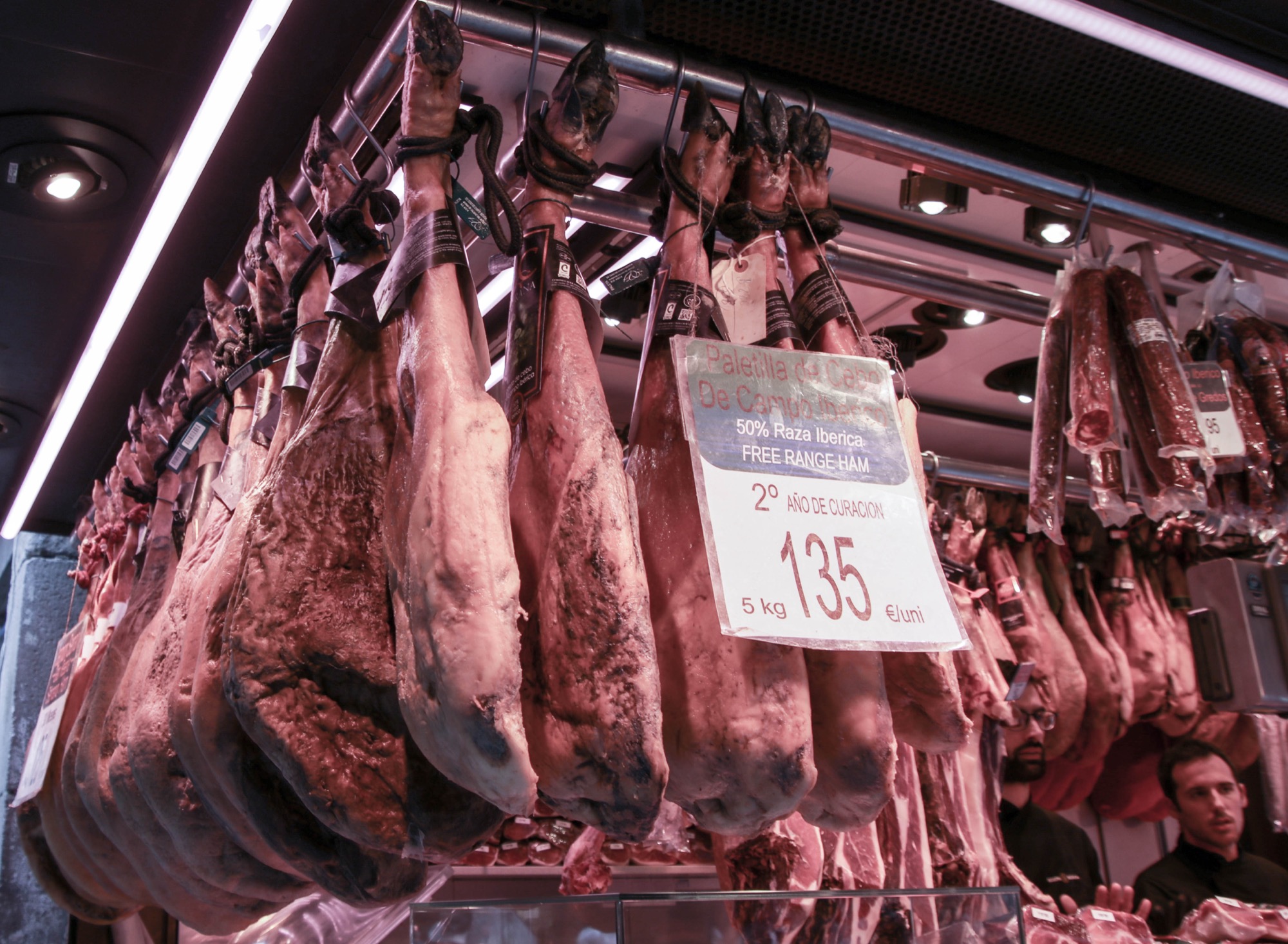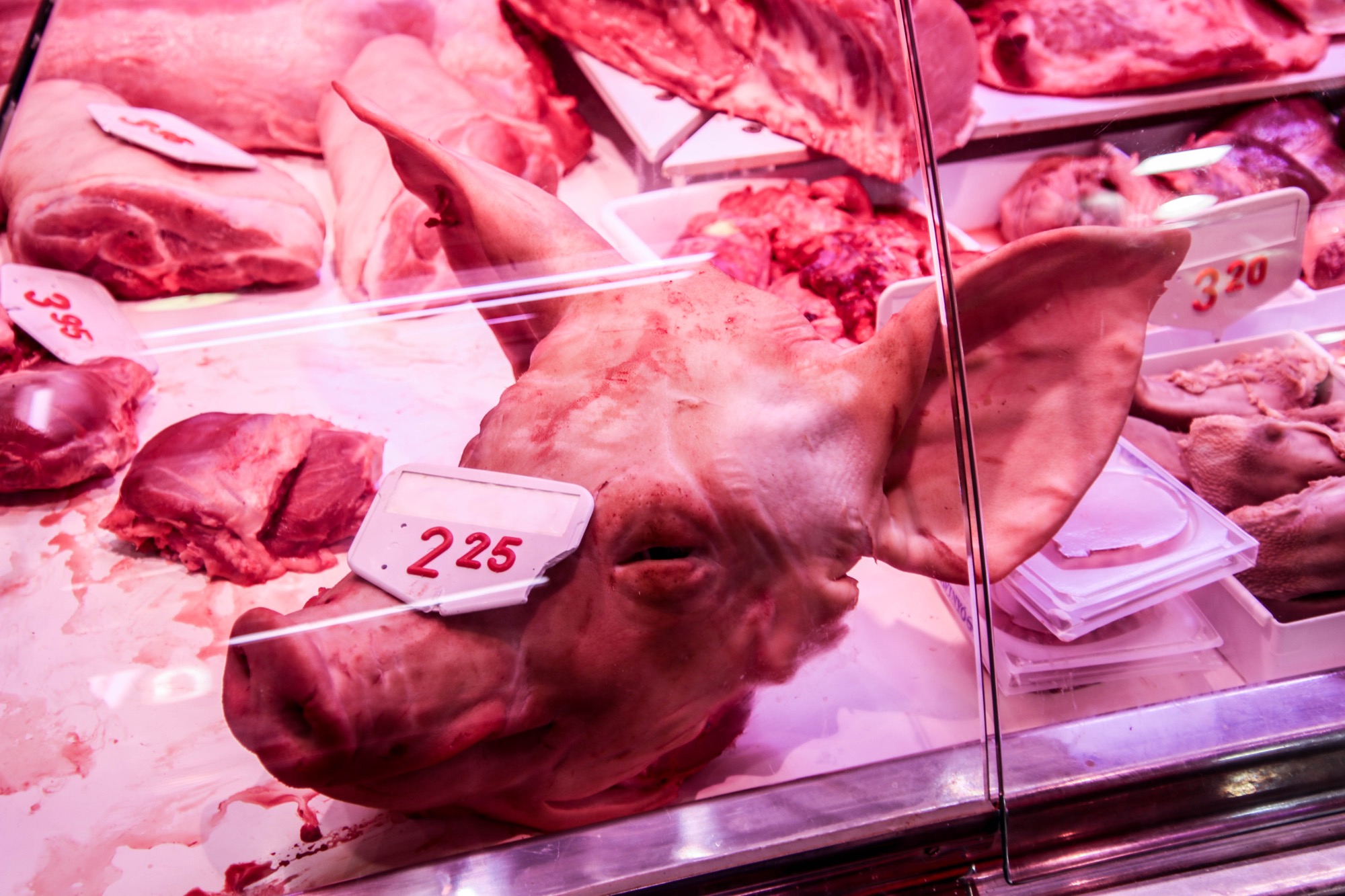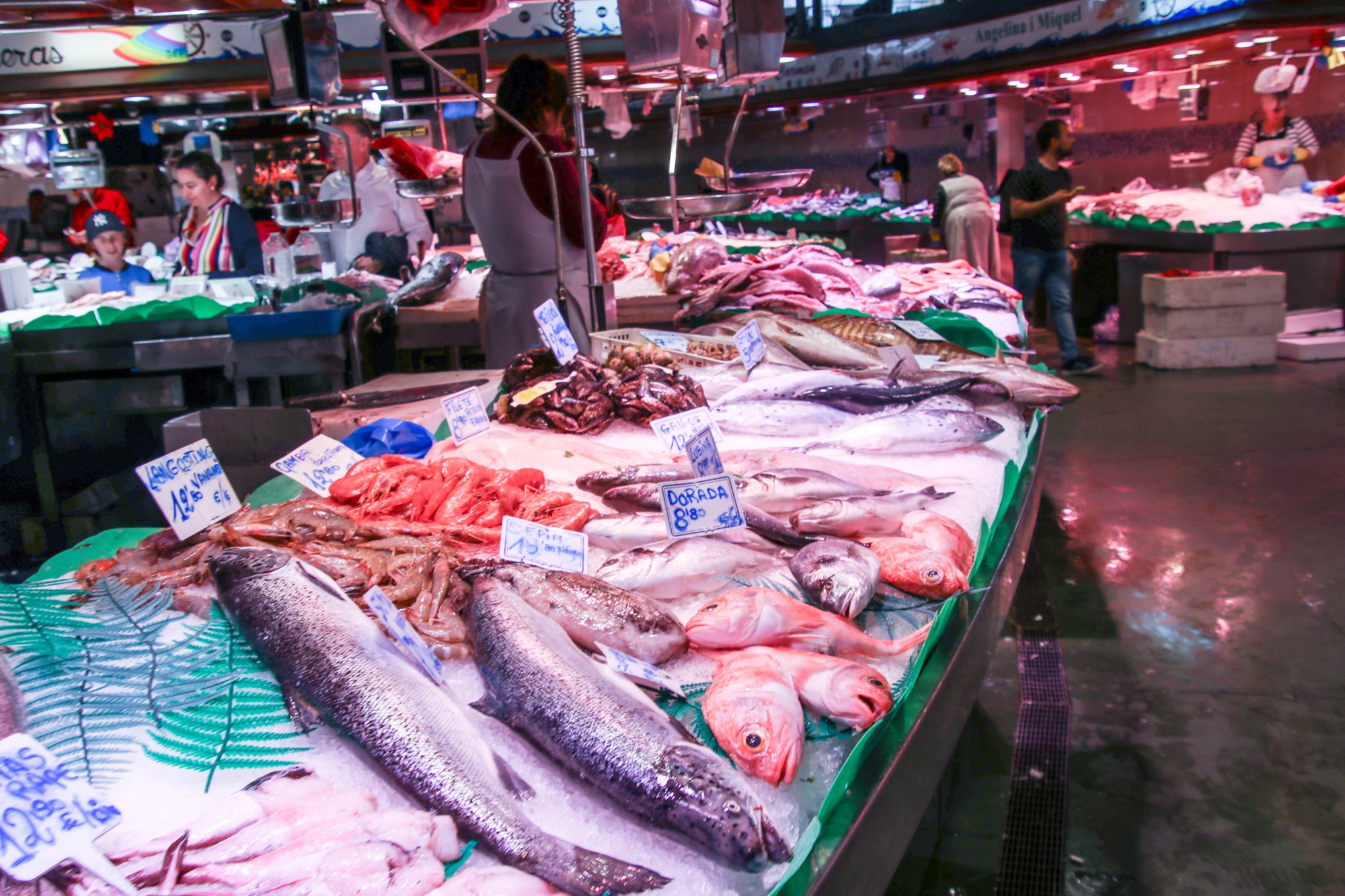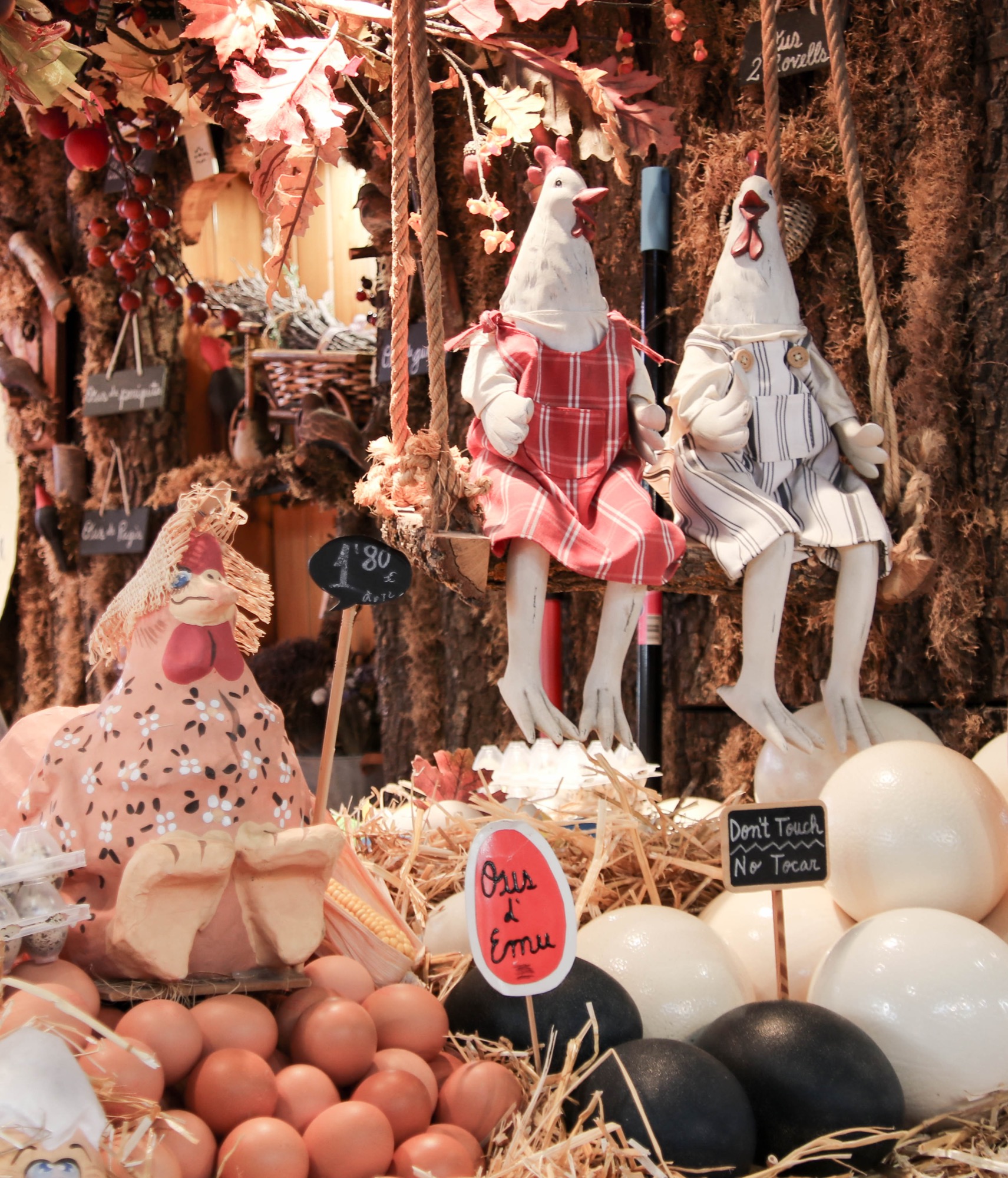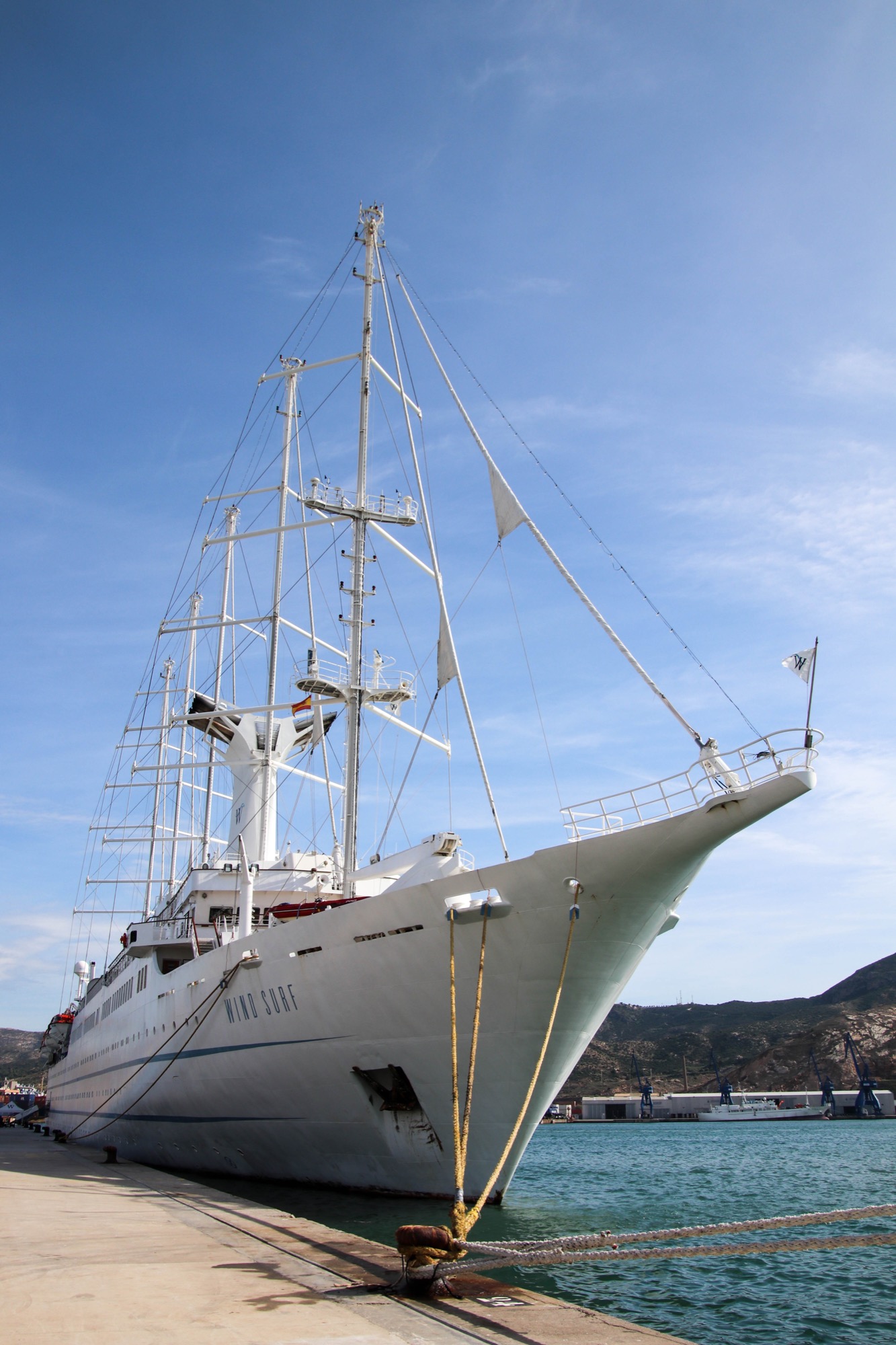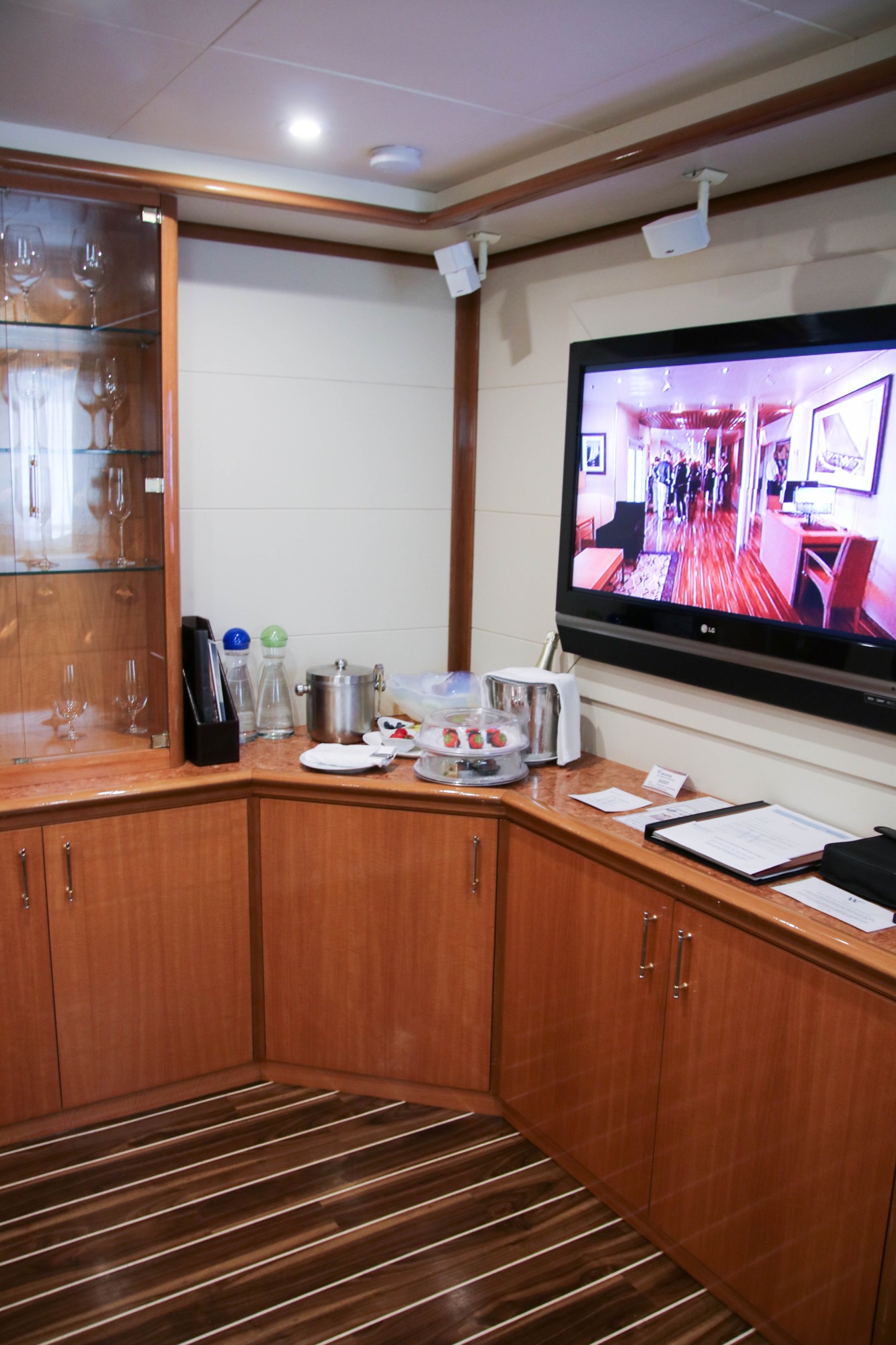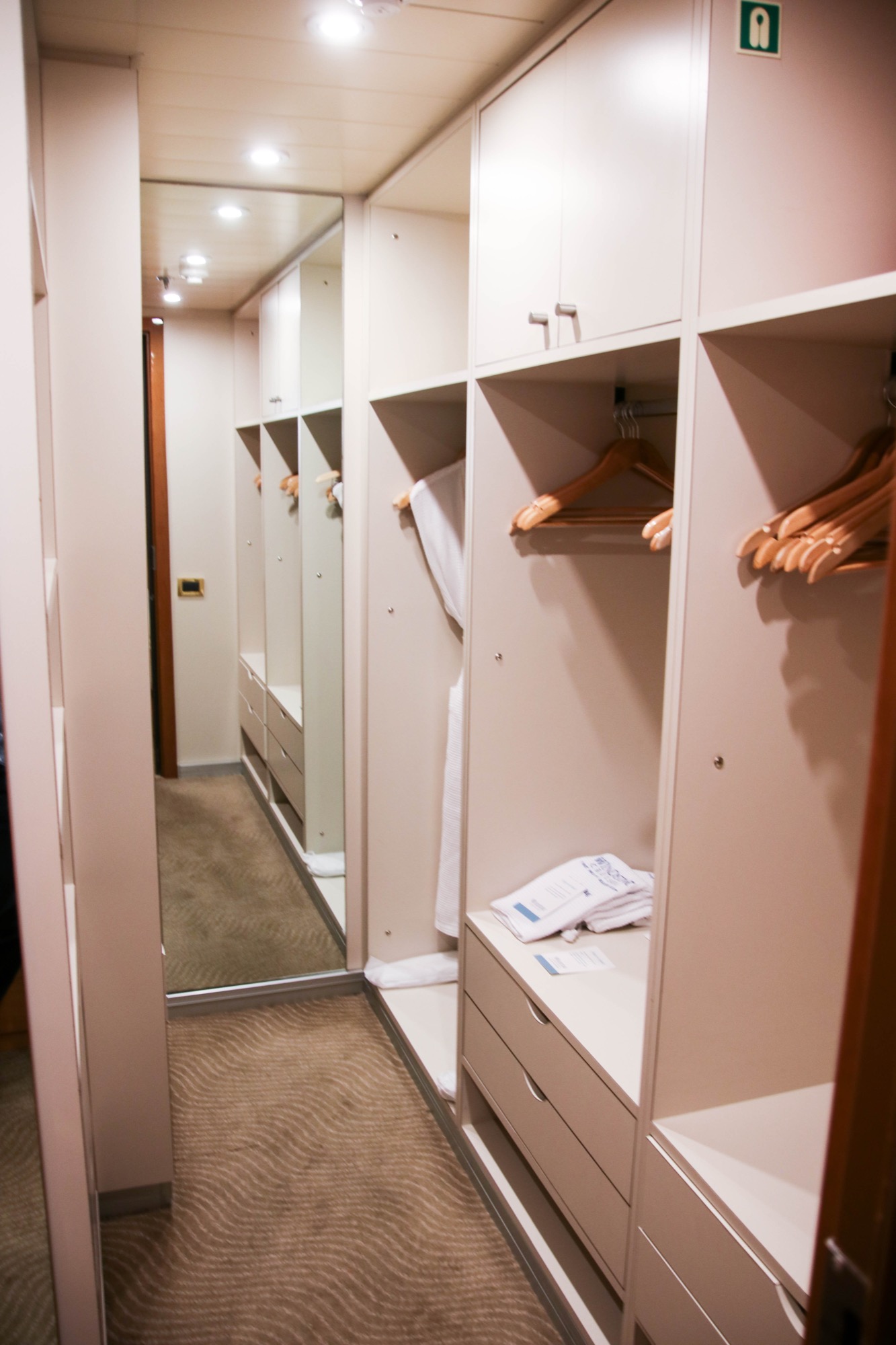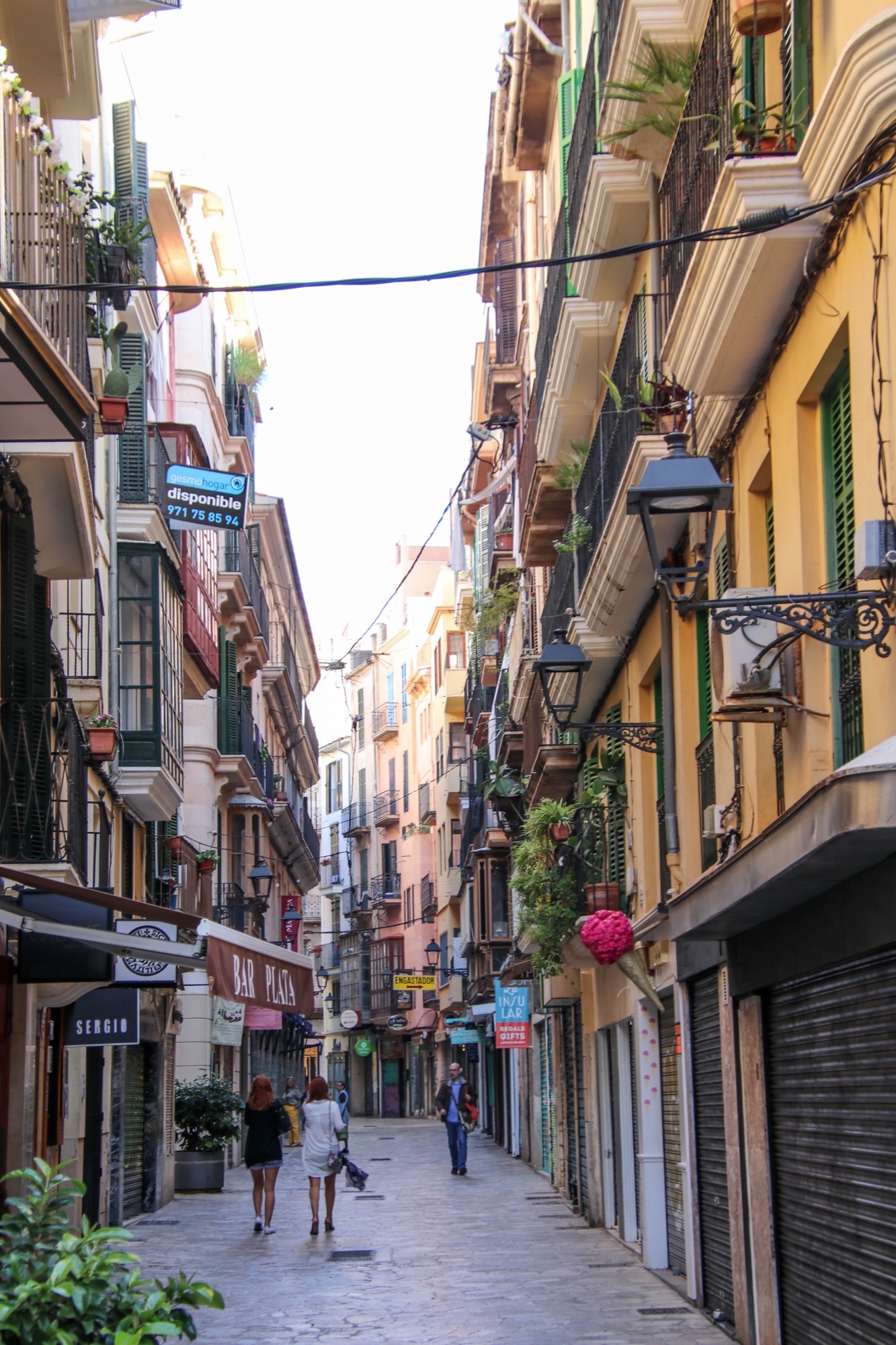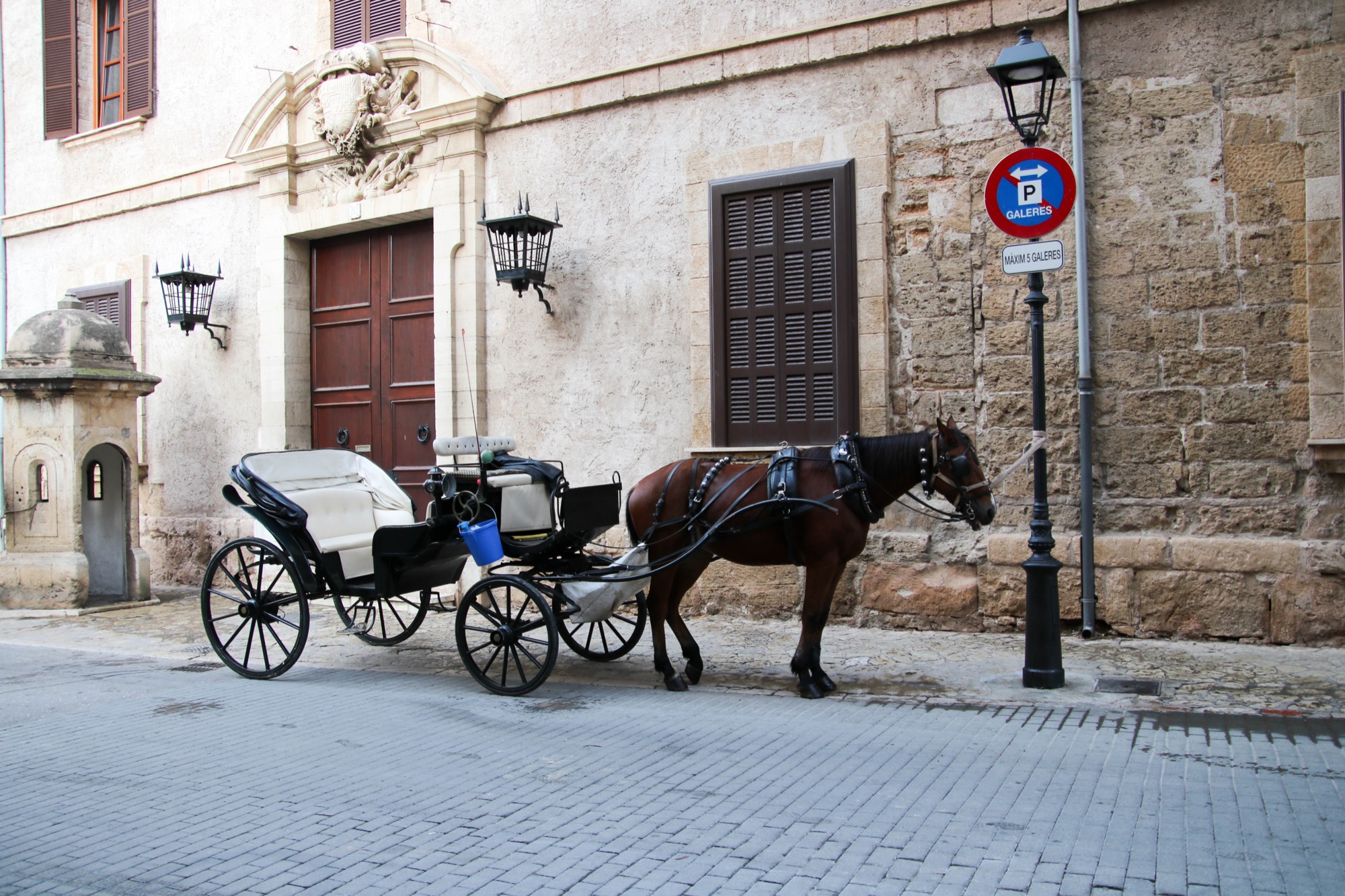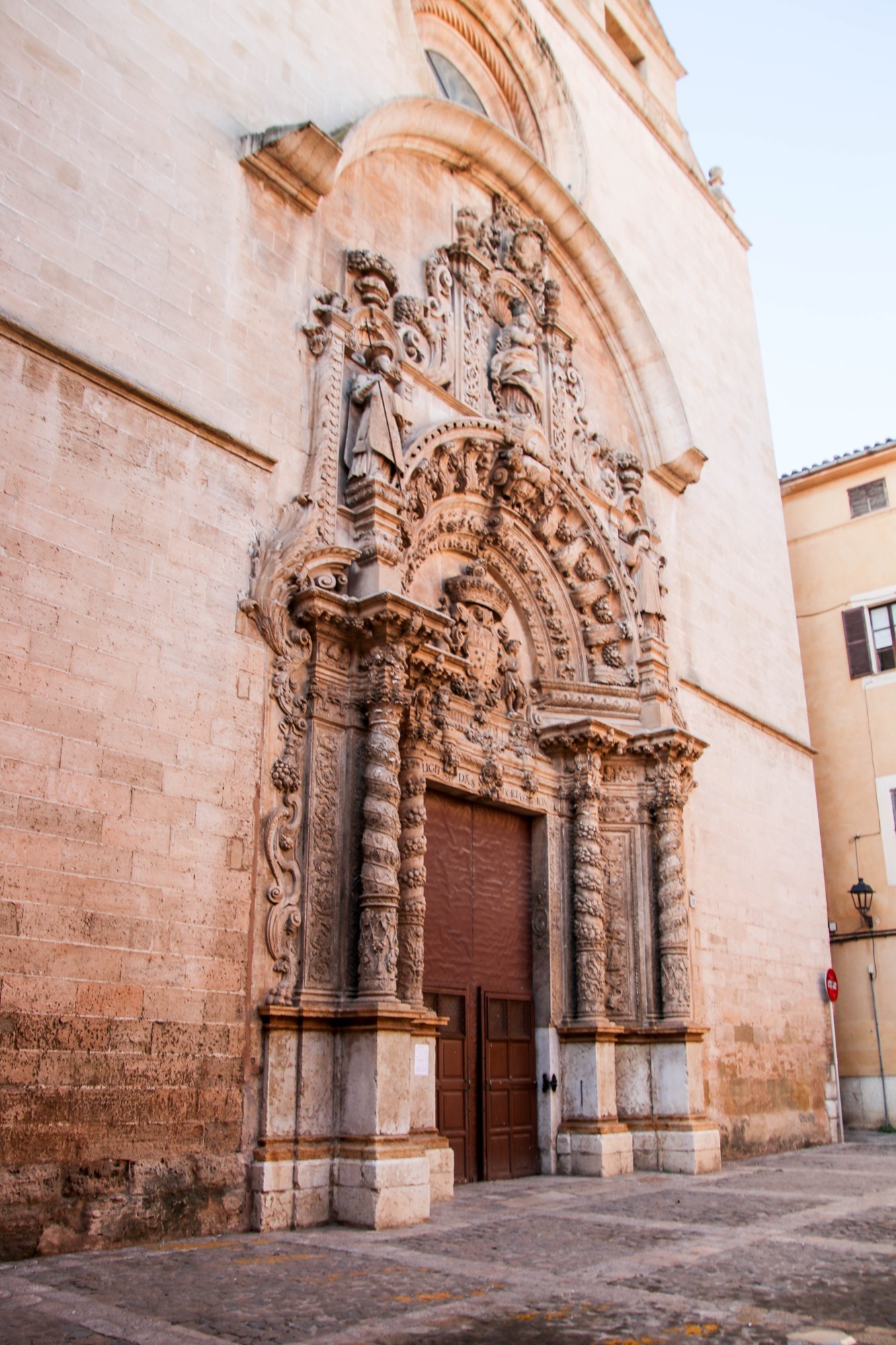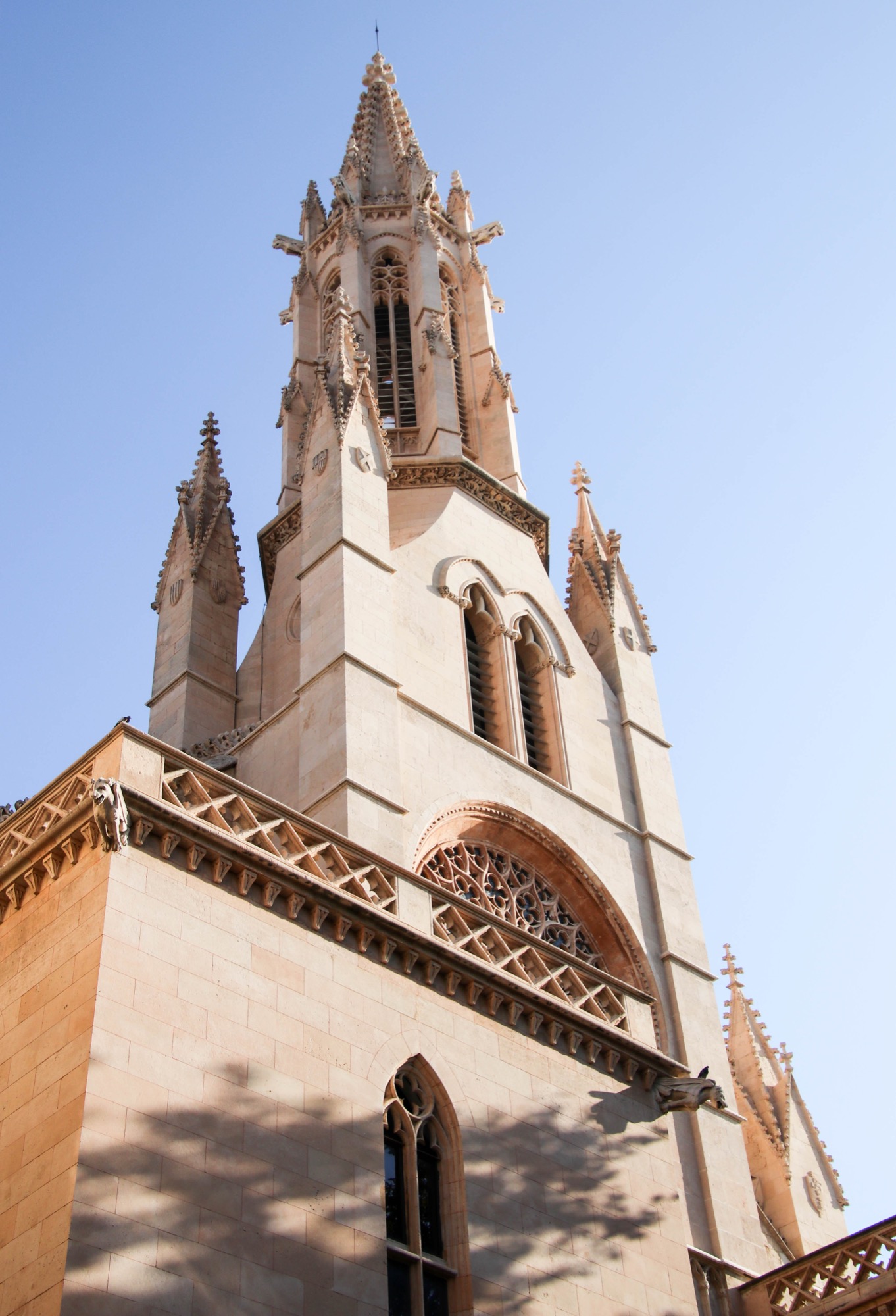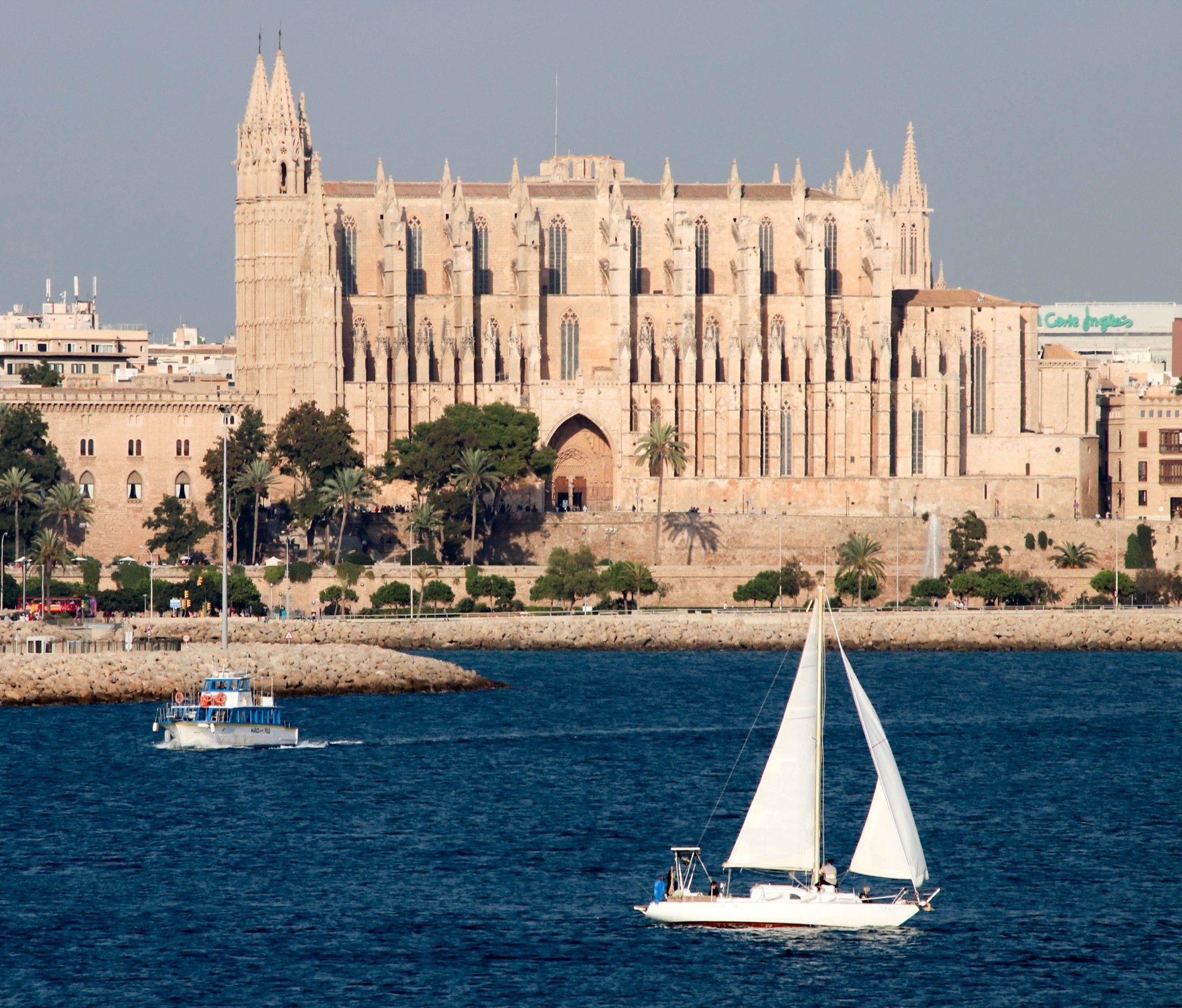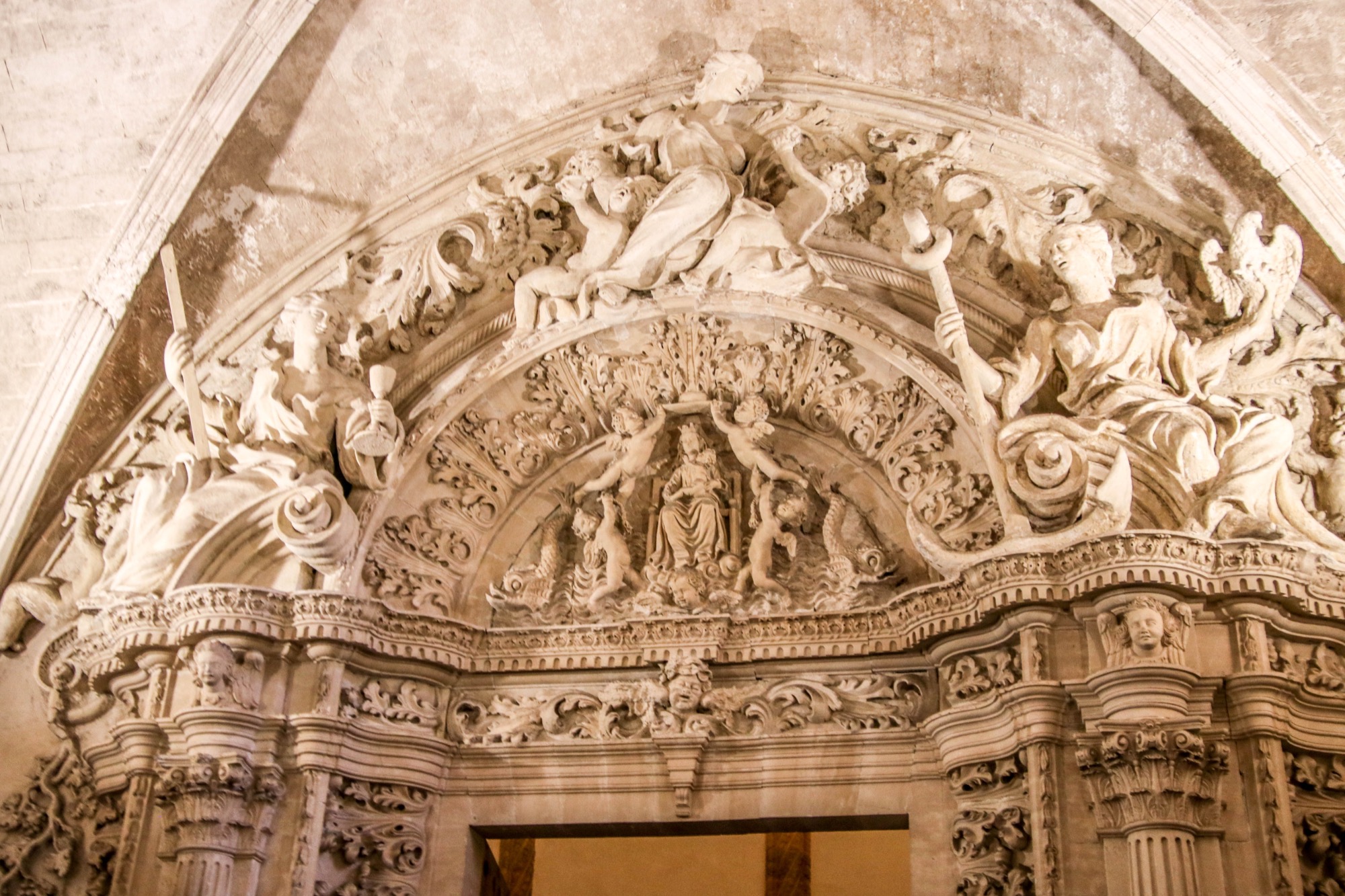Sagrada Familia Exterior Details
Gaudi's plan includes 18 spires, one for each of the twelve apostles and the remaining spires to represent the Virgin Mary, Matthew, Mark, Luke, John, and Jesus. In addition, there are plans for three different facades dealing with the birth of Jesus, the crucifixion of Jesus, and the glory of God.
The nativity facade is very ornate and detailed, while the passion facade is more austere, although no less symbolic in nature. The glory facade, which is intended to be the largest and most comprehensive, just began construction in 2002.
Some of the work Gaudi began on the church was damaged during the Spanish Civil War, which took place between 1936 and 1939, and Japanese artist Etsuro Sotoo made repairs. A close look reveals Japanese features on the faces of his statues. Sotoo also created the 23-foot-tall bronze doors, based on Gaudi's design, which are covered with leaves, flowers, and insects.












